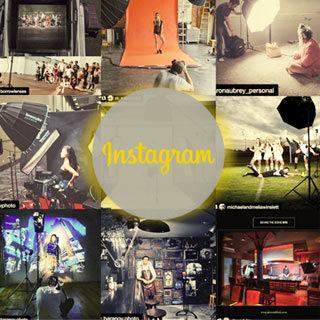Exposure Paradox: Are You Doing It Wrong?
Exposure is one of the fundamental principles of photography, often taught as a rigid set of rules to achieve a "correct" balance of light in an image. However, many legendary photographers have defied these norms to create striking and emotionally compelling photographs. This concept, known as the "Exposure Paradox," suggests that deliberately overexposing or underexposing an image can enhance its artistic and storytelling potential.
The Exposure Paradox: Breaking the Rules
The Exposure Paradox challenges the notion that "correct exposure" is necessary for a compelling photograph. Instead, it encourages photographers to intentionally manipulate exposure to highlight mood, texture, and contrast.
1. Underexposure for Drama and Depth
- Shadows and deep blacks create a sense of mystery and depth.
- Used in dramatic portraiture and high-contrast street photography.
- Inspired by chiaroscuro techniques in painting, famously used by Caravaggio.
2. Overexposure for Softness and Minimalism
- Bright, blown-out highlights emphasize light and atmosphere.
- Common in dreamy landscape and high-key fashion photography.
- Enhances the focus on form and shape by eliminating unnecessary details.
3. Embracing High Dynamic Range (HDR)
- Modern camera sensors capture vast dynamic ranges, allowing photographers to recover details in post-processing.
- Purposeful exposure manipulation in-camera leads to more intentional, emotion-driven compositions.
Case Studies of Exposure Paradox in Action
1. Ansel Adams and High-Contrast Landscapes
Ansel Adams, a pioneer of landscape photography, often manipulated exposure to achieve dramatic contrasts. His Zone System, developed with Fred Archer, allowed for precise tonal control, demonstrating that "correct" exposure is subjective.
2. Fashion and Editorial Photography
High-key photography in fashion utilizes overexposure to create a clean, ethereal aesthetic. Photographers like Richard Avedon embraced this technique to produce iconic portraits with stark white backgrounds and soft lighting.
3. Cinematic Influence on Exposure
Filmmakers often underexpose scenes to enhance mood. This technique is widely used in noir films and contemporary cinematography to add depth and mystery to visuals.
The Exposure Paradox reveals that photography is as much about emotion and intent as it is about technical precision. By stepping away from rigid exposure rules, photographers can unlock new creative possibilities, crafting images that resonate with viewers on a deeper level.


















0 comments:
Post a Comment